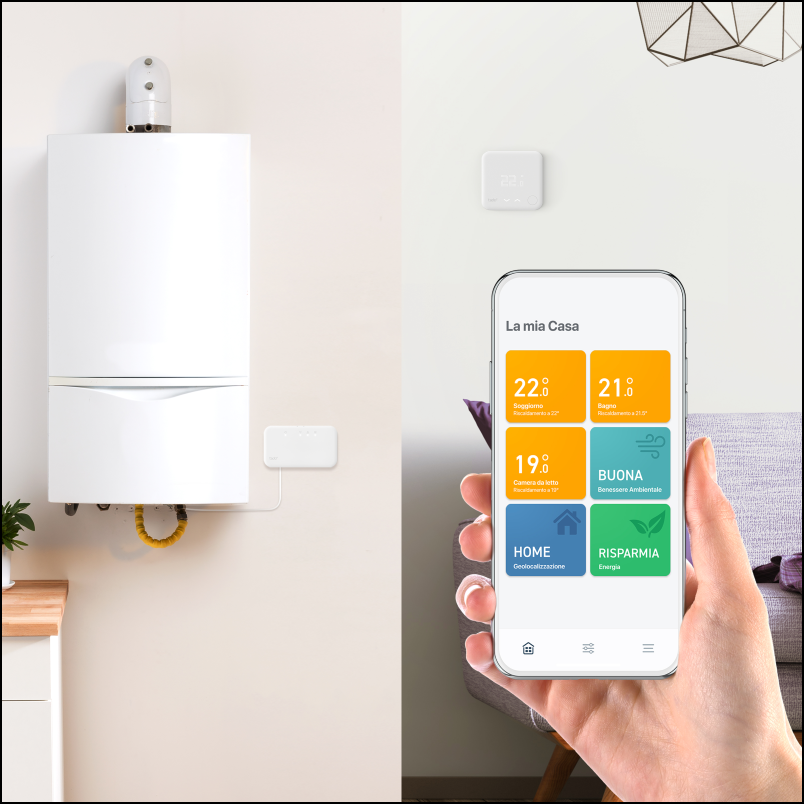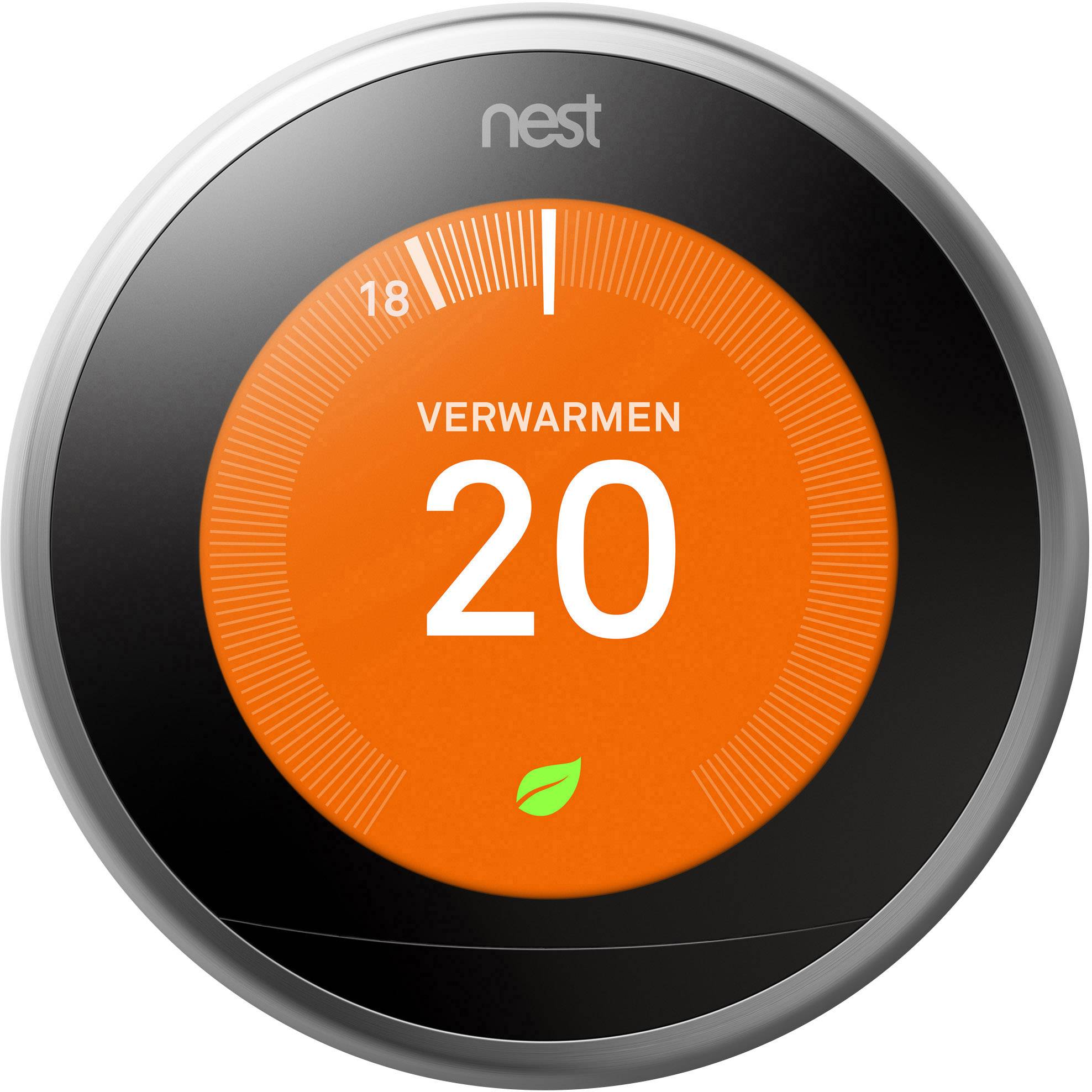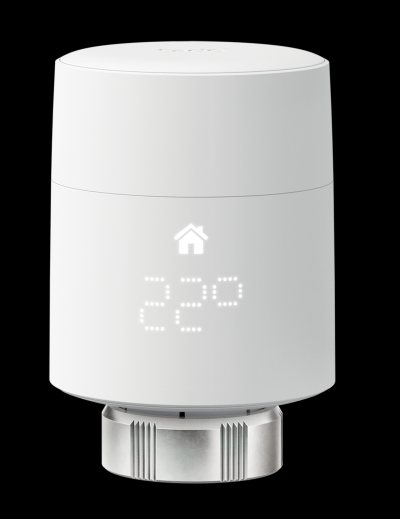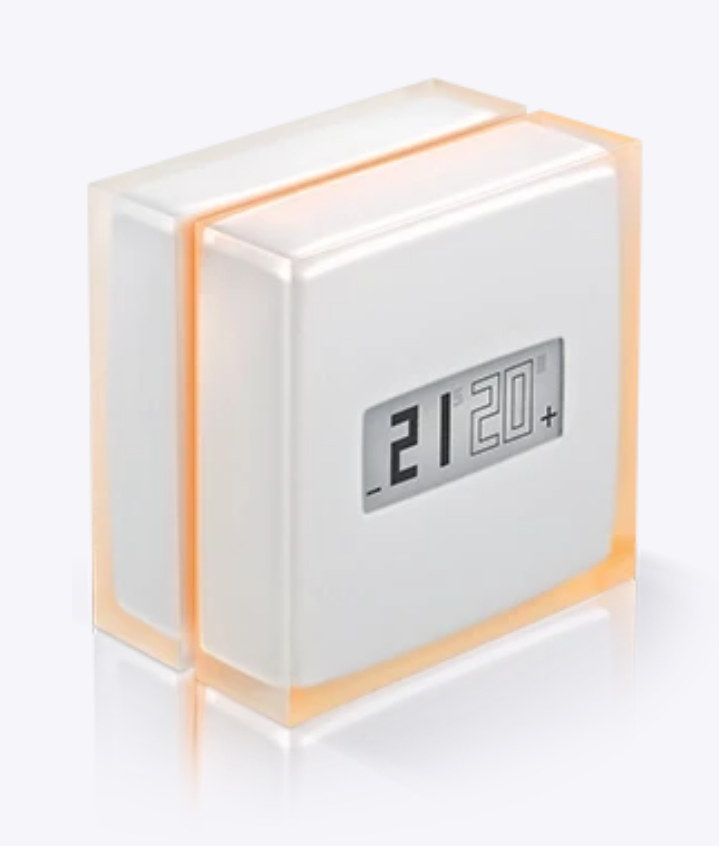
With the current sky-high energy prices, a smart thermostat is not an unnecessary luxury. Minimize (gas) consumption and regulate the heating via your smartphone. We put various products to the test.
Rob Coenraads and Maikel Dijkhuizen
Forgot to turn the heating down while you’re away for the day? It hurts your wallet when a central heating boiler or heat pump keeps a temporarily abandoned house at the right temperature. With a smart thermostat, such scenarios are a thing of the past. You can always and everywhere set the thermostat a few degrees lower via an app on your smartphone. You can also automate things.
INSTALLATION PROBLEMS
Smart thermostats are suitable for most heating systems, such as those from Remeha, Bosch, Intergas and Vaillant, among others. Many people dread the installation. Understandable, although in practice it is not that bad in many cases. The exact work depends on the chosen thermostat and existing heating. Incidentally, you can also outsource the installation to a recognized heating engineer. Usually it is possible to connect the new thermostat to the current wiring, after which communication takes place via the universal OpenTherm protocol. In some cases, manufacturers use their own communication protocol for their heating products. You may then need a smart thermostat from the same supplier. Smart thermostats use a low voltage wire, battery or batteries for power.
 |
| When using a wireless thermostat, you usually connect a suitable receiver to the heating system |
Have you purchased a wireless thermostat? In that case, you usually need to connect a suitable wireless receiver to the heating system. This is usually done with its own radio connection. Unfortunately, manufacturers do not always include the wireless receiver as standard, so additional costs may be required. When using a wireless thermostat, you usually connect a suitable receiver to the heating system
LOW ENERGY CONSUMPTION
Almost all smart thermostats can handle a modulating central heating boiler. The big advantage of this is that the boiler increases the heat supply evenly. Compared to a so-called on/off boiler, you save energy in this way. It can only be turned on or off at full power. Do you still have an (old-fashioned) on/off boiler? Then check the specifications to see if the intended smart thermostat can handle it. Modern thermostats are often self-learning, so that they adjust the heat requirement to your rhythm. For example, if you save at a fixed time in the morning, the self-learning function of a suitable thermostat ensures that the living room is already at the right temperature. Incidentally, you determine in the settings to what extent you want to use the self-learning function.
GEOFENCING
It’s nice when the smart thermostat supports geofencing. Via GPS or WiFi, the thermostat app knows whether or not you are at home, after which the heating system adjusts the temperature accordingly. If you leave for work in the morning, the heating will not do its best to keep the house warm. Geofencing is much more accurate than time schedules. There is more room for flexibility. For example, it prevents you from being left out in the cold when you unexpectedly decide to go to work an hour later. When you’re almost home after a long day at work, you can step into a preheated house thanks to geofencing. That way you don’t have to worry about the temperature control. Keep in mind that some providers charge subscription fees for automatic geofencing. For example, Tado charges € 24.99 per year for this. [EN PRIVACY??]
 |
|
| Turn the outer ring to change the temperature on the Nest Learning Thermostat |
CONTROL HEATING
Smart thermostats usually have physical control buttons and a display with which you control the heating. Useful in case your smartphone is not available for a while. The Nest Learning Thermostat, for example, has a rotating ring that allows users to easily adjust the temperature. In addition, you can of course use the manufacturer’s app on a smartphone or tablet. Well-known brands such as Tado, Netatmo, Honeywell and Google Nest develop their own applications for Android and iOS. Many products also support Google Assistant and/or Apple HomeKit. In the latter case, you can control the heating from the Home app on your iPhone or iPad. An additional advantage is that you can control the heating with your voice if desired, provided that a smart speaker or suitable smart TV is available within the home network.
FUNCTIONALITY
Manufacturers add all kinds of extra gadgets to their products to distinguish themselves from the competition. For example, some thermostats ‘see’ as soon as a window is open somewhere in the house. Furthermore, certain models have an integrated motion sensor. The display then switches on automatically as soon as someone walks by. Some products have a rather extensive screen. In addition to the temperature, for example, the time and weather forecast are also displayed. Advanced thermostats even take the forecast weather into account. For example, if the sun shines in an hour, the heating will switch back.
 |
|
| This smart radiator knob can turn the radiator valve open or close remotely |
ZONE CONTROL
In addition to a smart thermostat, you may need more accessories to smartly regulate the temperature throughout your home. For example, Tado manufactures special radiator controls that allow you to set the temperature of each room separately. This automatically opens or closes the radiator valve. Handy, because for an abandoned attic floor, a comfortable temperature has less priority than in a busy living room. Save energy that way. Please note that Tado radiator valves are not compatible with all radiator valve brands. So check the specifications carefully.
REVIEWS
Below you will find 3 smart thermostats to minimize your gas consumption.
| Screaming sticks | ||
 |
 |
 |
|
GOOGLE |
NETATMO |
TADO |
